He was 21 in 1943 and from the town of Valley Mills, Texas. Never having gone far from his home town, he was about to see and experience more than he could have imagined over the next four years.His name is Kenneth Walcott. He now lives in a house that he and his wife of 66 years, Dorothy, built in 1976, located in southwest Arlington on the southern border of Kennedale. {{more}}
Kenneth said of his early life, ?I was born and raised in Valley Mills,” laughing, he added, “in the cotton patch.? Later during his early ?civilian? life, he and Dorothy, whom he married when he was 24 and she had just graduated high school, travelled a lot. Texas was always home base but he was a heavy machinery operator and the Eisenhower administration was building dams everywhere as a result of the great floods of 1944 and 1952.
As the family grew and got older, Dorothy said that they needed a permanent home. At first it was Fort Worth, then a home in Arlington. Home construction in the Fort Worth area was very good. Kenneth stopped the travelling when he and a friend started their own business. They were doing excavation work for new houses. Not long afterwards Kenneth went into business for himself, storing his equipment at Charlie?s Welding in Kennedale.
But that was not what we were to talk about the most, as he and Dorothy and I sat around their dining room table on a cool fall Saturday morning. You see, Kenneth was a United States Army WWII veteran. He was one of the millions of Americans that were swept up into the largest war ever to be fought. And at 91, he is one of the few living veterans of that war.
On March 1, 1943, he was inducted into the army and sent to Fort Knox, KY and the 740th Tank Battalion, code name ?Dare Devil Tankers.? The 740th was made up of enlisted men from Oklahoma and Texas. He would spend months training there and in the deserts of Arizona on what was then a secret program. The tanks were equipment with special lighting that in night engagements would be flashed on to blind the enemy and give the advantage to the American troops.
Since it was a classified program, when he or the others went on leave to go into town they had to travel in a group. They did this so that if one of the group was having too much ?fun? and would start talking about their training, the others could stop him and bring him back. Later, after the 740th was sent to England, the secret program was abandoned and the battalion resumed training in regular fighting tanks.
The 740th followed the D-Day invasion and moved into France first. Walcott was the hull gunner in the tank crew of five, but he said that ?we trained on everything just in case we had to take over.?
It was in Belgium, during routine tank maintenance, that his hand was crushed. While he was hospitalized for eight days, the 740th moved on. He was then attached to the 4th Armored Division under General George Patton as a supply driver helping to keep the tanks supplied with ammunition and fuel. With the 4th, he would participate in the battle of Ardennes and the rush to break through German lines to relieve the ally troops during the Battle of the Bulge. His old unit, the 740th, was part of the troops caught up in the Bulge.
Kenneth and his wife related several stories about this time with the 4th.
- As Patton?s 4th Armored drove night and day toward the Bulge, the tanks and trucks travelled at night without lights to avoid enemy shelling. As a driver, he had to watch for the reflectors on the vehicle in front of him to help keep him on the road.
- Another time while cleaning an artillery gun mounted on his truck, three German planes began to strafe the American lines. Using the gun he had been cleaning, he started firing on one of the planes. Walcott hit the tail of the plane and with others joining in, the plane was brought down.
- He laughed when he told another story about the capture of a German Tiger tank that got hit with smoke bombs. The tank commander thinking the tank was on fire ordered the crew to abandon the tank. A quick thinking American soldier climbed in the tank and drove it back to American lines. The tank was later put on display at a museum back in the United States after the war.
It was after the Battle of the Bulge that he was part of the group that refitted the Sherman tank with
larger guns. The German Tiger tank could only be blow-up from underneath. With the new guns on the Sherman tanks as Kenneth described, ?It made all the difference in the world.? He also said ?P51 Mustangs, you were glad to see them. When you turned a corner and saw a German tank on fire you knew a P51 had been there. And when you looked up and saw a hundred bombers coming over that was a good sight too.?
He had nothing but good things to say about General Patton. While saying he knew that he [Patton] messed up a couple of times he felt like Patton was a real soldier. At end of the war he [Walcott] was there in Heidelberg, Germany when Patton?s funeral was held. Patton had been killed in an early auto accident. At Patton?s request, General Patton was buried in Luxembourg where many of his men had been buried.
Kenneth saw a lot of things that made an impression; the great buildings, especially the churches, the beauty of the land and later at the end of the war, the utter devastation of Germany. But nothing made the impression that he had when his unit was part of the liberation of Ohrduf.
Ohrdruf was the first concentration camp liberated in the war. ?It was the most horrible thing I saw,? Walcott said. ?Inside the gate there were all these bodies. I looked into the showers but I didn?t go in. I could see bodies covering the floor. Behind the building there was a long pit where that they would throw the bodies and cover them with lime.? He vividly remembers seeing an English officer?s jacket with part of the sleeve torn out. He knew that the officer was in that pit. ?In the barracks the bodies were so small, the arms, the legs … starvation. Even outside the doors there were bodies.?
Dorothy, the keeper of some of her husband?s memories, mentioned that this was the place where Generals Eisenhower, Bradley and Patton came and made the local townsmen walk through the camp to see all the bodies and then help bury them.
?After that we went on through Germany and into Czechoslovakia, where we were at the end of the war,” said Kenneth. “I stayed on after the war for a while during the occupation.? He said his first assignment was to haul P.O.Ws up into the forest to cut firewood. But, later he was assigned a job of carrying amilitary band around to different location for official ceremonies. The unit adopted a dog, a little terrier that accompanied them all around Germany.
Later he gave money ($99) to a friend who wanted to keep the dog and needed the money so the friend could ship the dog back to the states. When he got home to Valley Mills, the money was waiting for him.
When Kenneth had accumulated enough ?points? he was able to come home and it just so happened that he was able to rejoin the 740th as they returned to the States. ?Points,? he explained were based on several things like, if you were married; how many kids you had: and, how long you had been there. I came home with a bunch that wasn?t married.? He said the band brought the little dog down to the ship to see us off and played while the ship was leaving port. ?I guess they stayed until they couldn?t see us anymore.?
He and his wife were able to make a trip in 1999 with the 740th for the dedicated of a monument to the 740th at New Chateau, Belgium. See video of the ceremony Dorothy described it this way, ?They had America flags in their windows. They had signs all along the route. I bet there were at least a thousand people when we got to New Chateau. They had school children handing out candy to us because the American soldiers would hand out chocolate candy to the children during the war.?
On the trip they also visited two American cemeteries. At another location, the locals had set up a museum that included items left behind by Americans when they were rushed into battle during the Battle of the Bulge. On display was a Sherman tank which had been restored and was an immediate hit with the veterans of the 740th. Dorothy said, ?Repeatedly they treated us like royalty?.
This year he was able to participate in the Honor Flight program. This is a program that flies veterans to Washington to see their memorials with emphasis on seniors and the terminally ill. Kenneth said, ?I flew
into Washington, D.C. September 13, 2013 with my grandson. It was the best trip of my life. On the flight back they had ?mail call? and I got 41 pieces of mail that had been written by school children thanking me.
“This was all a surprise,? and he added, ?I really treasured those letters.? He laughed talking about the ?shutdown? that happened the following week. ?They couldn?t stop those veterans. They went in anyway,? he said with pride.
To this day every Labor Day weekend, he attends a reunion of the 740th at the Embassy Suites in Grapevine. ?This year there were only 12 of us left.?
This is Kenneth Walcott’s story – a World War II veteran with a quiet pride in what he had done but a deeper more boastful pride in the men he served with and in what his country had done.






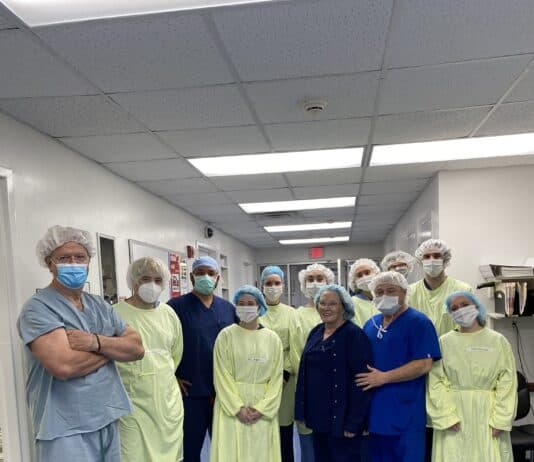










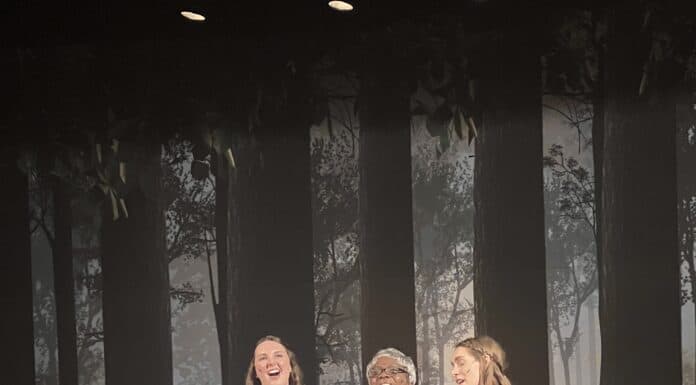
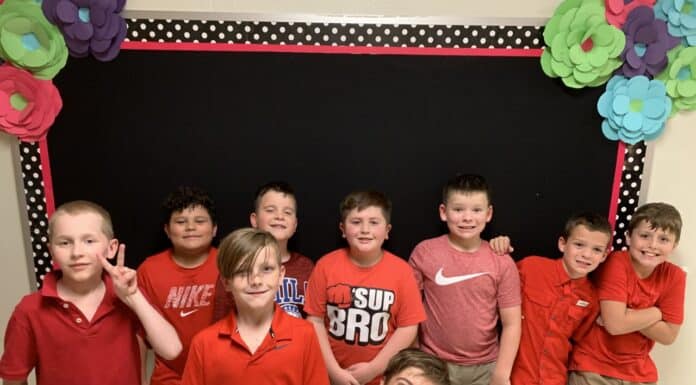
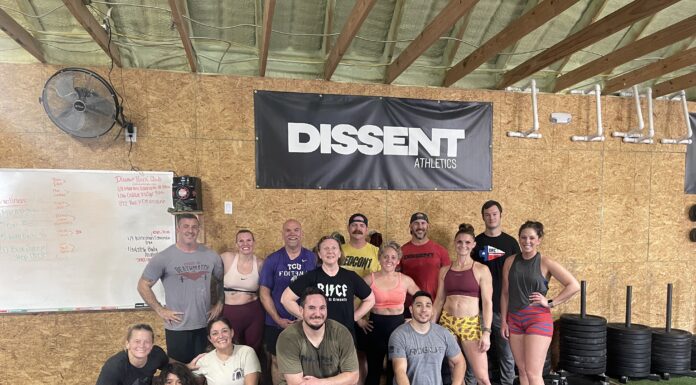

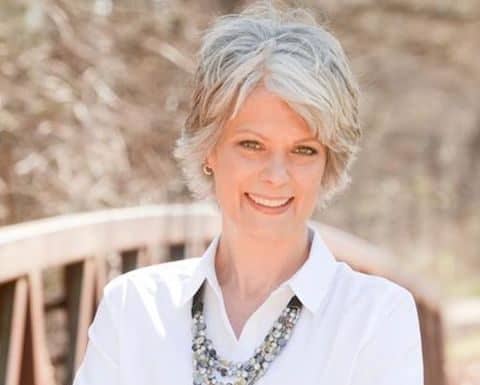



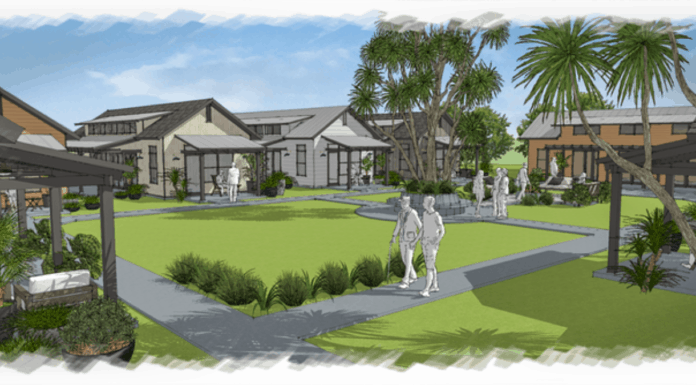
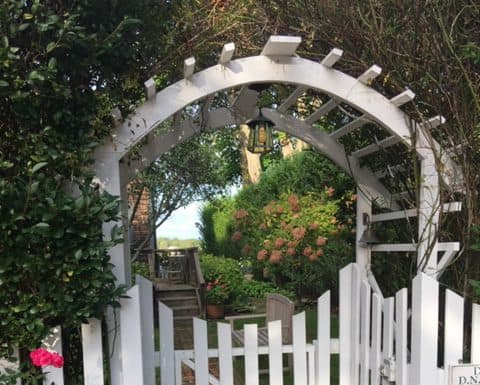

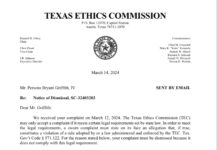
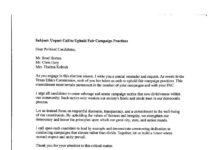




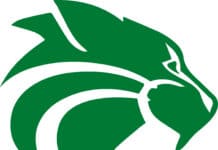




Comments are closed.